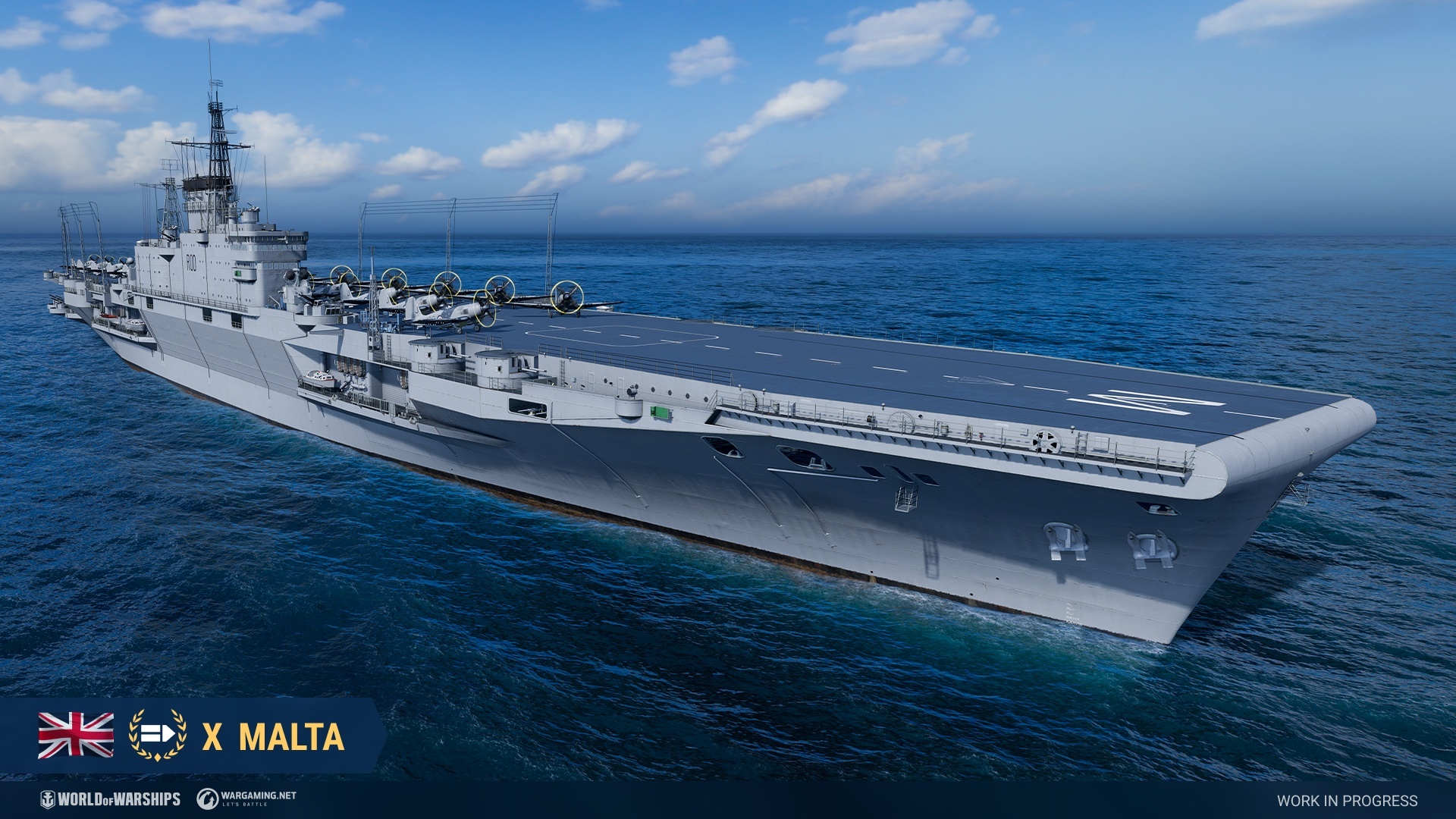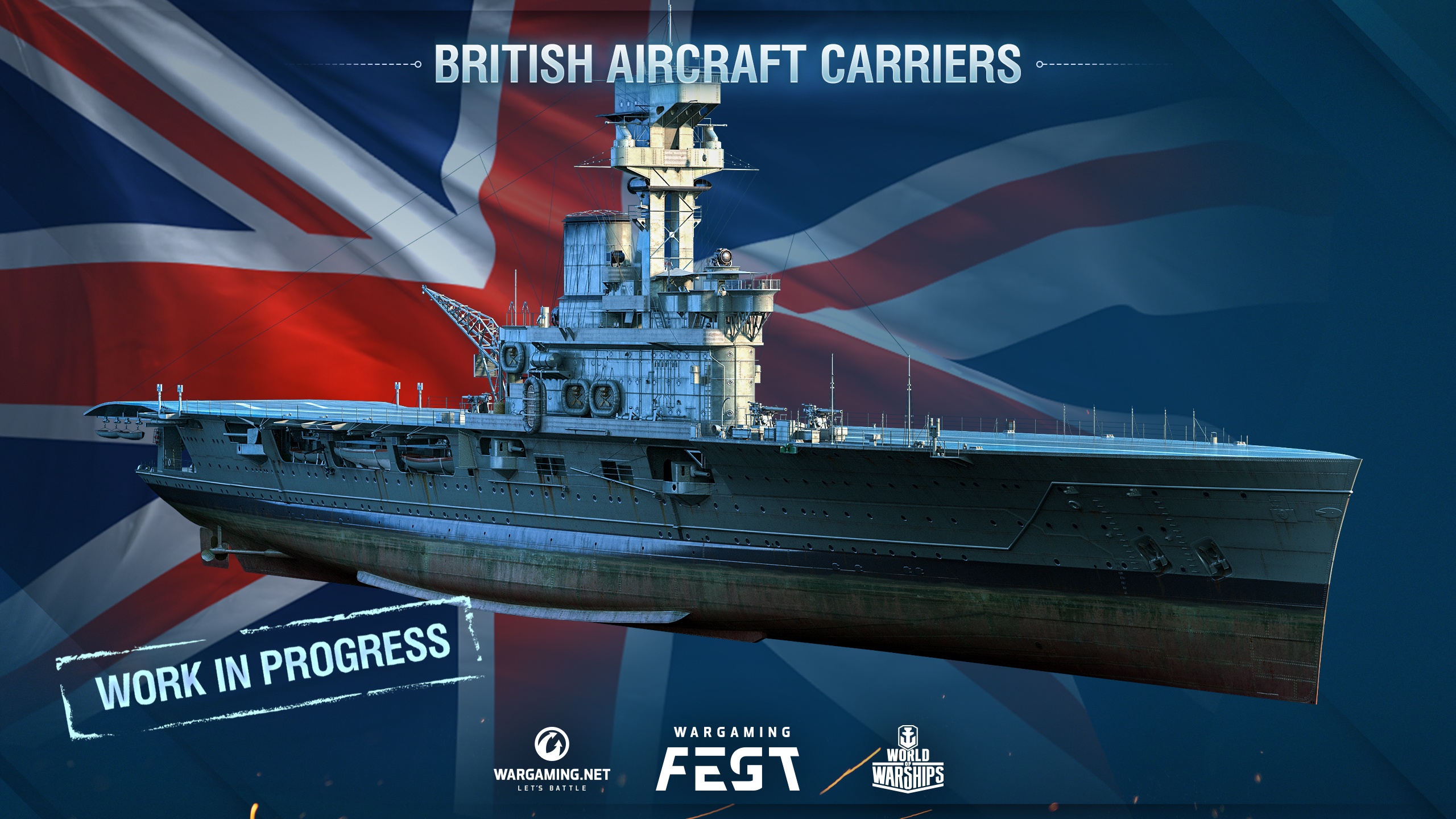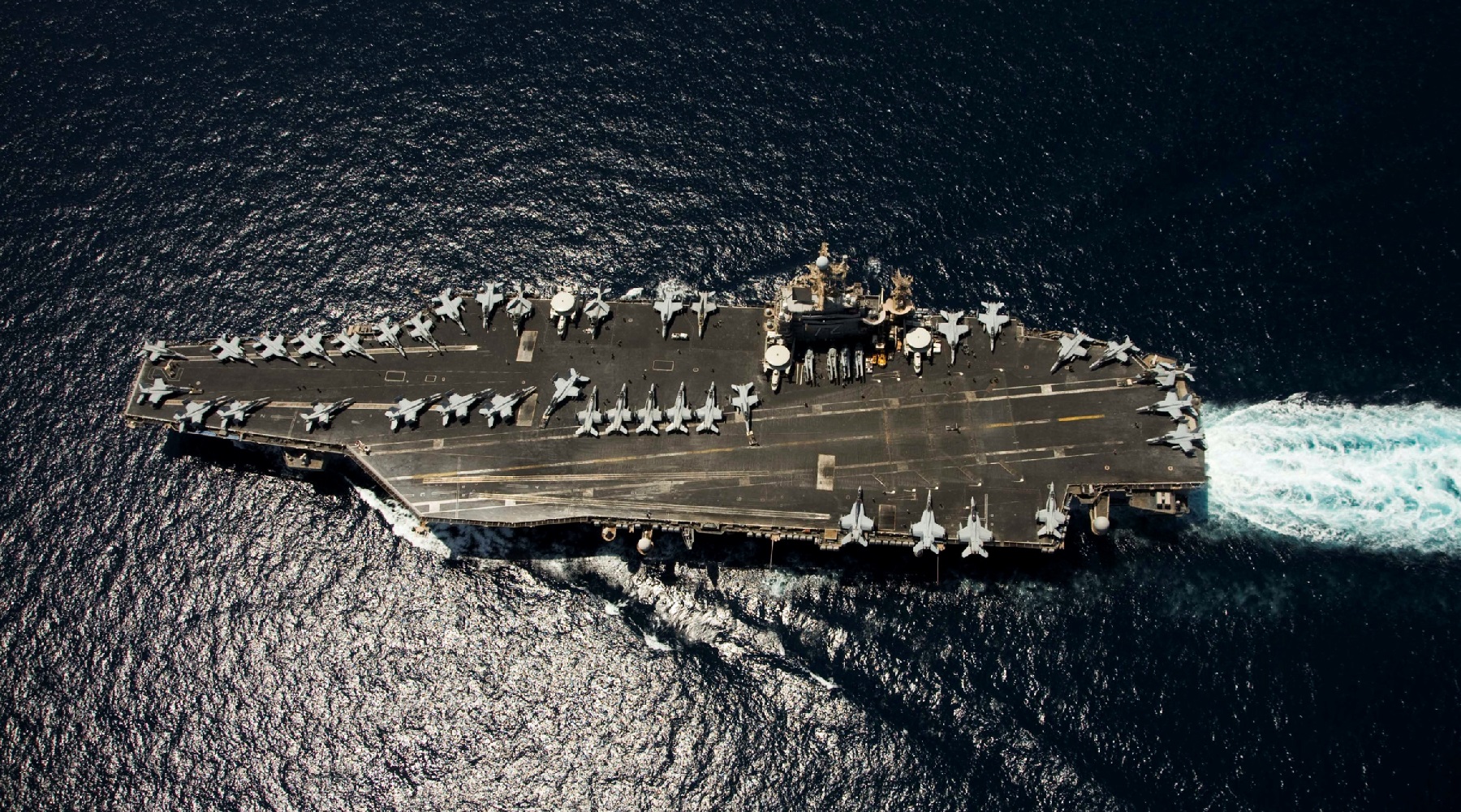Battleship Vs Aircraft Carrier - Re: Repulse and Prince of Wales Loosely, these were the first battleships lost to aviation while under sail and in combat. Their loss is noted because it was a paradigm change, although not entirely one unprecedented.
Given the Japanese would be outnumbered from the start, not maximizing their battleships to the Treaty limit would be fairly absurd. While carriers were known to be potent weapons of the future, the Treaty also limited them to 81,000t for Japan and 135,000t for the US/UK - so Japan couldn't just build large numbers of carriers until the breakdown of the Treaty system, though they did build more carriers in the late 1930's.
Battleship Vs Aircraft Carrier

The reason the aircraft carrier became the predominant naval weapon system wasn't because it was tougher than the battleship (it wasn't). It was simply because a carrier-based bomber could reach further and do more than a 16" shell. One American naval officer of the time compared the potent, but vulnerable aircraft carrier to a heavyweight champ, calling the flattops "Joe Louis with a glass jaw."
Aircraft effectiveness seems not to have been a huge factor in the British deployment of 'Force Z' to the Far East. In addition to the general perception of moderate risk, the Japanese were not well regarded and the British also underestimated the range threat from their aircraft, the Japanese launched from near then-Saigon and flew about 450 miles to make that attack which is pretty unparalleled at the time, the Germans, Italians and British certainly weren't throwing torpedo bombers that far in 1941. The background of the strategy behind sending Force Z is well documented in Boyd's 'The RN in Far Eastern Waters' which is a good recent (2017) look.

Conversely though, by December 1941 when the British deployed Prince of Wales and Repulse to the 'Pacific' (more accurately the South China Sea) aircraft hadn't demonstrated a reliable efficacy against battleships - so long as those battleships were at sea. Although the battleship Bismarck had been crippled in May 1941, and battleship Vittorio Veneto seriously damaged in March that year, generally aircraft hadn't caused battleships great problems outside of in port - certainly no battleship had been sunk at sea by carriers, while in turn the carrier Glorious had been caught out and sunk by German battleships.
To get into your question. Different navies had different carrier doctrines prior to WWII, so we need to be careful about making generalizations about what "navies" thought. But as a general rule, most navies saw a synergy between the battle line and the carrier force. That's why they wanted both types of ship in their forces and invested in significant tonnage of both types throughout the war.
As for battleships, the main driver there was the widespread belief that the battleship was still the main striking weapon held by the Japanese, British and Americans, and the interwar naval treaties. With the Washington Naval Treaty of 1922 general force levels were set, and battleships in particular were fairly tightly controlled on total tonnage.

That seems to make sense. Battleships were intended to bring out the enemy in force, and then (hopefully), a combined fleet would be able to intercept them... it's odd that the western tradition of "meet the enemy head on" vs. the eastern "strike, outlast and flee" assert themselves, even at sea.
Were battleships ineffective against aircraft? If so, why did the british deploy them to the pacific c. 1940-1942, when aircraft effectiveness was already known? Why did the japanese have ~10 battleships at that time?
Battleships were generally ineffective against aircraft - if you consider effectiveness to be shooting down large numbers of attackers. Shipboard AA fire was generally poor at shooting down aircraft in WWII in general, though it could inflict attritional losses - with some exceptions a battleship attacked by aircraft might expect to shoot down low single-digits of aircraft at best.

The other thing is that the ships were largely completed or laid down before it was apparent how decisive carriers and aviation would be. Engines had a massive pace of development in the 30s and early 40s. The aircraft of 1942 were orders of magnitude more capable than those of a decade prior. Carrier launched aircraft in service in the 1930s would have had relatively light in armament, limited in range, and been slow. It made sense to still have battleships as the primary decisive factor. Naval strategy is built strategy which meant virtually all ships at the start of the war from battleships to destroyers were built when aircraft weren’t seen as a threat. The scramble to bolt on as much AA over the course of the war really shows how much changed in terms of naval thinking.
In American doctrine, carriers would scout for the fleet and seek out the enemy battleships so the Battle Force could engage it. Once the battle lines were engaged, dive and torpedo bombers would add their weapons to the awesome firepower of the big guns to jointly destroy the enemy. The Japanese, by contrast, saw the carriers as a more independent striking arm which could launched massed air attacks to weaken the enemy fleet before their own battleships had to engage. The Japanese were keenly aware of their numeric disadvantages and built their entire doctrine around whittling down the US Navy before it could bring its full might to bear. Hence the emphasis on torpedo attacks by light forces, night fighting, and the eventual sneak attack on Pearl Harbor.
Japan was allocated 315,000t of battleships and that meant it could keep the 4-ship Kongo class (initially less one demilitarized as a training ship), and the 2-ship each Fuso, Ise and Nagato classes. That gave 10 in service by about 1941, plus new ships building. The British and Americans were limited to 525,000t which worked out as about 15 ships each.

With that said, battleships could still be a problem for aircraft. For the USN especially, the battleship's heavy AA battery (in the form of masses of 5 inch DP and 40 MM automatic weapons) were an invaluable part of protecting carriers and more vulnerable ships, while being well positioned to take hits. Your mileage varied of course in terms of AA load, and ships with radar, and especially ships with VT shells mattered a lot more.
This simply is NOT true. Battleships were less vulnerable than carriers to air attack, largely because they were better armored and weren't stuffed with flammable avgas and airplanes. Only six battleships/cruisers were sunk by aircraft while actively maneuvering and fighting for their lives (Hiei, Prince of Wales, Repulse, Roma, Musashi, and Yamato). In all of those cases, the battle wagons had no air support and anemic anti-aircraft defenses. In a previous post I broke down the effectiveness of various kinds of WWII carrier aircraft. Note that most of the the battleships sunk during the war by airpower were sunk in anchorages (Salamis, Taranto, Pearl Harbor, and Kure). Carriers at anchor certainly wouldn't have done any better. And it does show that sinking a battleship with the aerial weapons of the time was extremely difficult unless they were sitting ducks.
This is similar to how many nations viewed their carriers (scouting/harassment/shaping) until the war was on in earnest. As it became apparent carriers were decisive, you'll note a pretty strong dropoff on battleships in favor of carriers or faster support ships.

The Repulse and PoW sinkings were more an intelligence failure than a doctrinal failure. The RN did not believe the Japanese had air assets in place and capable of effectively striking a task force in the South China Sea. Combined intelligence had failed to inform them the Japanese had expanded air bases in Indochina. And they badly underestimated the range of IJN land based bombers. They also thought that time constraints would prevent the IJN from arming with torpedoes, which were much more effective than bombs against capital ships. The RN was very aware of the threat air attack posed to naval assets at sea, having lost a bunch of cruisers and destroyers at the hands of the Regia Aeronautica, as well as inflicting significant damage to Italian capital ships.
battleship museums in united states, battleship vs battleship pacific ww2, battleship vs battleship ww2, are aircraft carriers obsolete, ww2 aircraft carrier battles, aircraft carrier battle group composition, aircraft carrier and battleship, carrier vs carrier battles
0 Comments